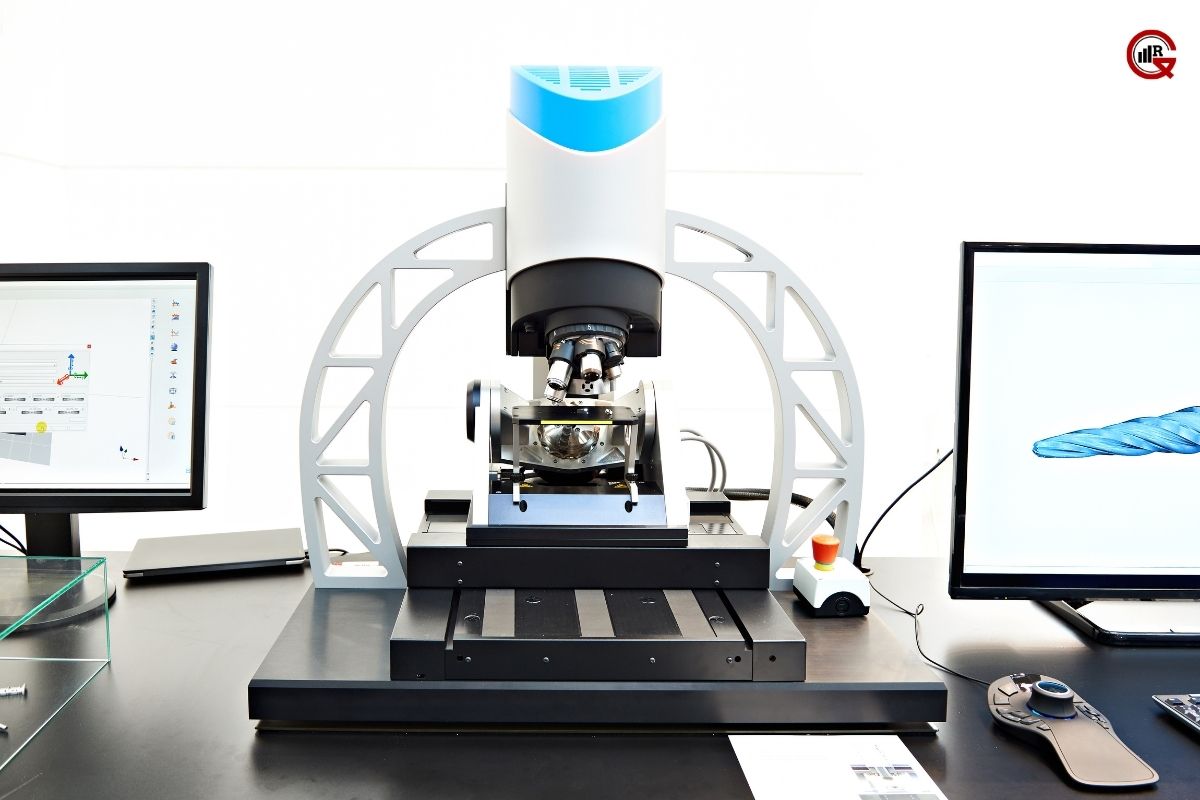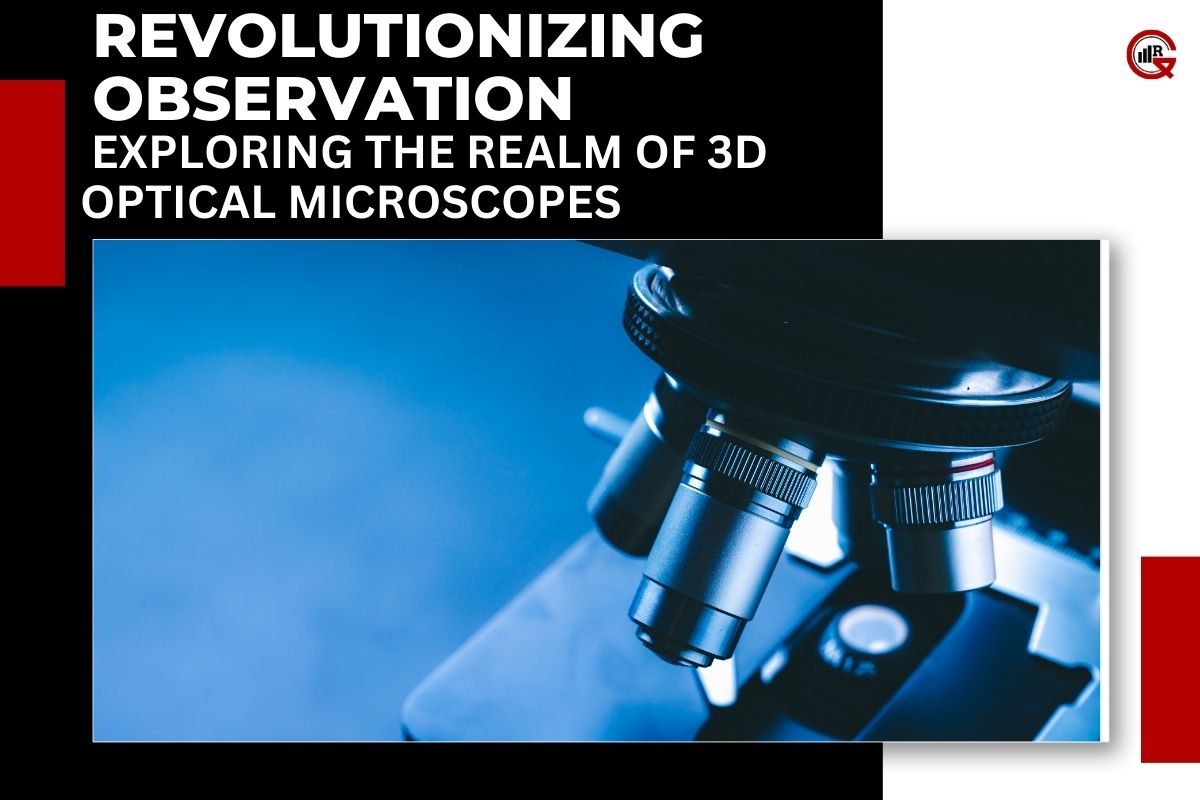In the intricate world of microscopy, where the smallest details hold significant insights, the advent of 3D optical microscopes has sparked a revolution. These cutting-edge instruments transcend the limitations of traditional microscopy by providing depth perception, enabling researchers to explore specimens with unprecedented clarity and precision. In this article, we delve into the fascinating realm of 3D optical microscopes, unraveling their workings, applications, and the transformative impact they have on various fields of science and technology.
Understanding 3D Optical Microscopes:
At the heart of a microscope lies advanced imaging technology that integrates principles of optics, digital image processing, and computational algorithms. Unlike conventional microscopes that capture 2D images, microscopes utilize techniques such as confocal imaging, structured illumination, or light-sheet microscopy to acquire depth information along with lateral details. This capability enables the reconstruction of three-dimensional structures with exceptional resolution and fidelity, unveiling intricate morphologies and spatial relationships within specimens.
Applications Across Disciplines:

The versatility of microscopes renders them indispensable tools across a myriad of scientific disciplines. In life sciences, researchers employ these instruments to unravel the complexities of cellular structures, visualize subcellular organelles, and study dynamic processes such as cell division and migration in unprecedented detail. Moreover, in materials science, 3D optical microscopes facilitate the characterization of microstructures, defects, and surface topographies of various materials, thereby aiding in the development of advanced materials for diverse applications.
Advancements in Biomedical Research:
In biomedical research, microscopes have catalyzed groundbreaking discoveries and advancements in understanding human health and disease. From elucidating the intricate architecture of neuronal networks in the brain to unraveling the dynamics of tumor microenvironments, these instruments provide invaluable insights that pave the way for novel therapeutic interventions and diagnostic techniques. Furthermore, in regenerative medicine and tissue engineering, microscopes play a pivotal role in assessing scaffold morphology, cell distribution, and tissue organization, thereby advancing the development of functional tissue constructs for transplantation and disease modeling.
Enhancing Manufacturing and Quality Control:

Beyond research laboratories, 3D optical microscopes find extensive use in manufacturing industries for quality control, process optimization, and failure analysis. With their ability to capture high-resolution 3D images of components, surfaces, and microstructures, these instruments facilitate precise dimensional measurements, surface roughness analysis, and defect detection in manufactured parts. Consequently, industries ranging from automotive and aerospace to electronics and semiconductors rely on 3D microscopes to ensure product integrity and compliance with stringent quality standards.
Empowering Nanotechnology and Beyond:
In the realm of nanotechnology, where the manipulation and characterization of materials at the nanoscale are paramount, 3D optical microscopes serve as indispensable tools for nanofabrication, nanoassembly, and nanoimaging. By combining super-resolution techniques with 3D imaging capabilities, these instruments enable researchers to probe nanoscale phenomena with unprecedented clarity and precision, thereby driving advancements in fields such as nanoelectronics, nanophotonics, and nanomedicine. Moreover, as the boundaries of microscopy continue to be pushed, emerging technologies such as correlative microscopy and multi-modal imaging promise to further enhance the capabilities of microscopes, opening new frontiers in scientific exploration.
In conclusion, microscopes represent a paradigm shift in microscopy, empowering researchers and industries with the ability to visualize and analyze specimens in three dimensions with unparalleled detail and clarity. From unraveling the mysteries of life at the cellular level to advancing materials science and nanotechnology, these transformative instruments continue to push the boundaries of scientific exploration and technological innovation. As advancements in imaging technology and computational algorithms continue to evolve, the future holds immense promise for 3D optical microscopes, heralding a new era of discovery and understanding in the world of microscopy.
Further Innovations and Future Directions:

As the demand for higher resolution, faster imaging, and increased automation continues to grow, researchers and manufacturers are continuously innovating to enhance the capabilities of microscopes. One notable advancement is the integration of artificial intelligence (AI) and machine learning algorithms, which enable automated image analysis, pattern recognition, and real-time feedback for enhanced decision-making. This convergence of imaging technology and AI holds the potential to revolutionize microscopy by accelerating data acquisition, improving image quality, and uncovering hidden patterns within complex biological and materials samples.
Moreover, the development of hybrid microscopy techniques, such as combining 3D optical microscopy with electron microscopy or atomic force microscopy, offers complementary insights into the hierarchical structure and composition of specimens across multiple length scales. By seamlessly integrating different imaging modalities, researchers can obtain comprehensive, multi-dimensional information that enhances their understanding of complex biological systems, nanostructured materials, and engineered devices.
In addition to advancements in imaging technology, efforts are underway to enhance the accessibility and usability of microscopes for researchers and technicians across diverse fields. Miniaturization and portability features enable on-site measurements and field applications, facilitating research in remote locations, environmental monitoring, and point-of-care diagnostics. Furthermore, user-friendly software interfaces and cloud-based platforms empower collaborative research efforts, data sharing, and remote access to microscopy facilities, fostering interdisciplinary collaboration and knowledge exchange.
The burgeoning field of 3D bioprinting, which enables the precise deposition of living cells and biomaterials to create complex three-dimensional tissue constructs, presents exciting opportunities for microscopes. By providing real-time monitoring of bioprinted structures, assessing cell viability, and evaluating tissue morphology, these instruments play a crucial role in advancing bioprinting technologies for regenerative medicine, drug screening, and personalized healthcare applications.
Looking ahead, the convergence of 3D optical microscopy with emerging technologies such as photonics, nanofabrication, and quantum sensing promises to unlock new frontiers in scientific research and technological innovation. From exploring the dynamics of single molecules and nanoparticles to unraveling the mysteries of quantum phenomena at the nanoscale, these synergistic approaches hold the potential to transform our understanding of the fundamental laws of nature and drive breakthroughs in diverse fields ranging from quantum computing and communication to advanced materials and energy technologies.
Conclusion:
In conclusion, 3D optical microscopes represent a pinnacle of scientific achievement, enabling researchers and industries to visualize, analyze, and manipulate specimens with unprecedented precision and depth. From unraveling the mysteries of life at the nanoscale to advancing materials science and engineering, these transformative instruments continue to push the boundaries of scientific exploration and technological innovation. As advancements in imaging technology, artificial intelligence, and interdisciplinary collaboration converge, the future holds immense promise for 3D optical microscopes, ushering in a new era of discovery and understanding across the realms of science, technology, and beyond.






